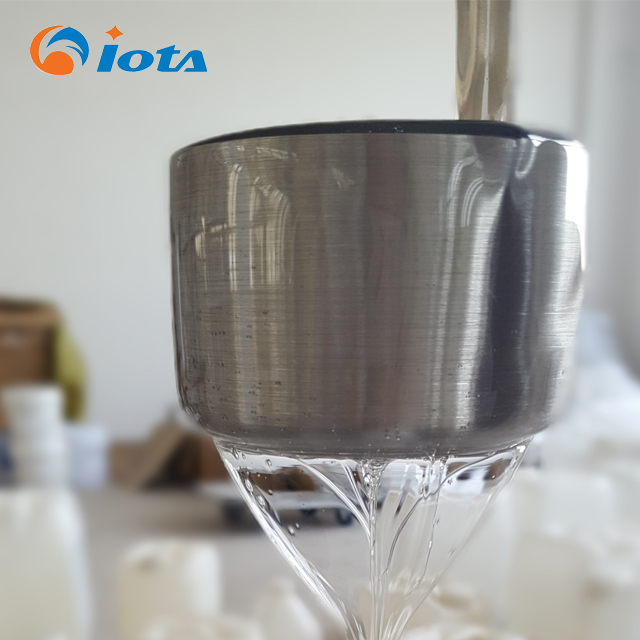Hits: 2053 img
Hydroxyl silicone oil, a remarkable innovation in the realm of silicone materials, offers a multitude of applications across diverse industries. Derived from the polymerization of siloxane monomers, this unique compound boasts hydroxyl groups at both ends of its molecular structure. Represented by the chemical formula HO-Si(CH3)2O[Si(CH3)2O]nSi(CH3)2-OH, hydroxyl silicone oil, also known as α,ω-dihydroxy polydimethylsiloxane, stands out for its versatility and adaptability.
When its viscosity exceeds 2500mPa.s, it is commonly referred to as 107 silicone rubber. Beyond the typical characteristics of methyl silicone oil, its reactive hydroxyl groups enable it to serve as a precursor for novel materials or crosslink into elastomers and membranes. This colorless transparent liquid excels in electrical insulation, withstands extreme temperatures (-50°C to +250°C), and maintains a low viscosity-temperature coefficient. Its high compression ratio, low surface tension, hydrophobic properties, and chemical inertia make it an ideal choice for numerous applications.
In the paper industry, medium to high viscosity hydroxyl silicone oil functions as an anti-adhesive agent, ensuring smooth paper processing and preventing sticking. The electrical power sector leverages its insulating properties, using it as a key component in insulating paints or insulators. Furthermore, as a base for condensation-type RTV silicone rubber adhesives and sealants, it plays a pivotal role in plastic mold fabrication. Its emulsification ease allows for the modification of dimethyl silicone oil, while small molecule varieties act as exceptional processing aids for silicone rubber, enhancing transparency and processing performance.
For optimal use, hydroxyl silicone oil typically requires a curing agent for crosslinking and a coupling agent for release paper applications. The curing process can be adjusted based on temperature and the type of curing agent used, making it adaptable to various production needs. However, caution must be exercised to avoid mixing it with high-temperature steam, acids, alkalis, or alkoxysilanes, as this may lead to premature curing or viscosity changes.
Proper storage in airtight, clean plastic buckets, away from acids and alkalis, in a cool, ventilated area ensures the longevity and effectiveness of hydroxyl silicone oil. Recognized as non-toxic and non-dangerous, it adheres to standard storage and transportation protocols.

Hydroxyl silicone oil-IOTA